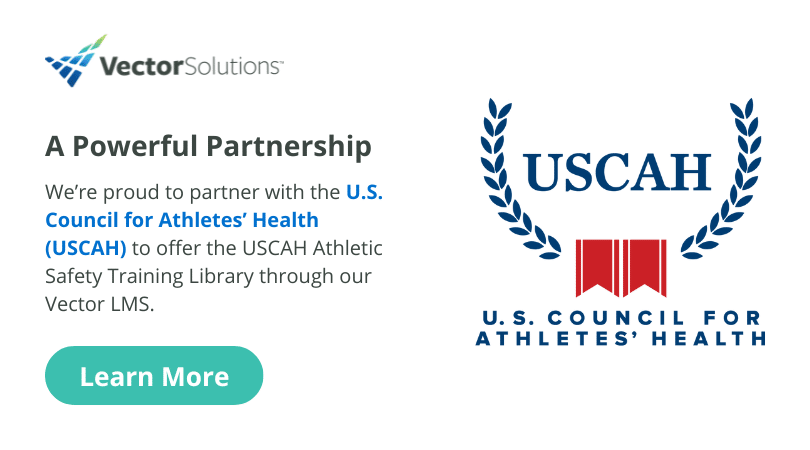Industry:
Solution:
Whether this is your first time shopping for online EHS software or you’re upgrading from a legacy solution, this guide is designed for you to use in your search for the safety management solution that works best for you and your company.
Understanding the following components will help you as you shop:
- What is EHS management
software? - How to build your internal
evaluation team - How to define your online EHS
management needs - How to evaluate EHS management
software providers







